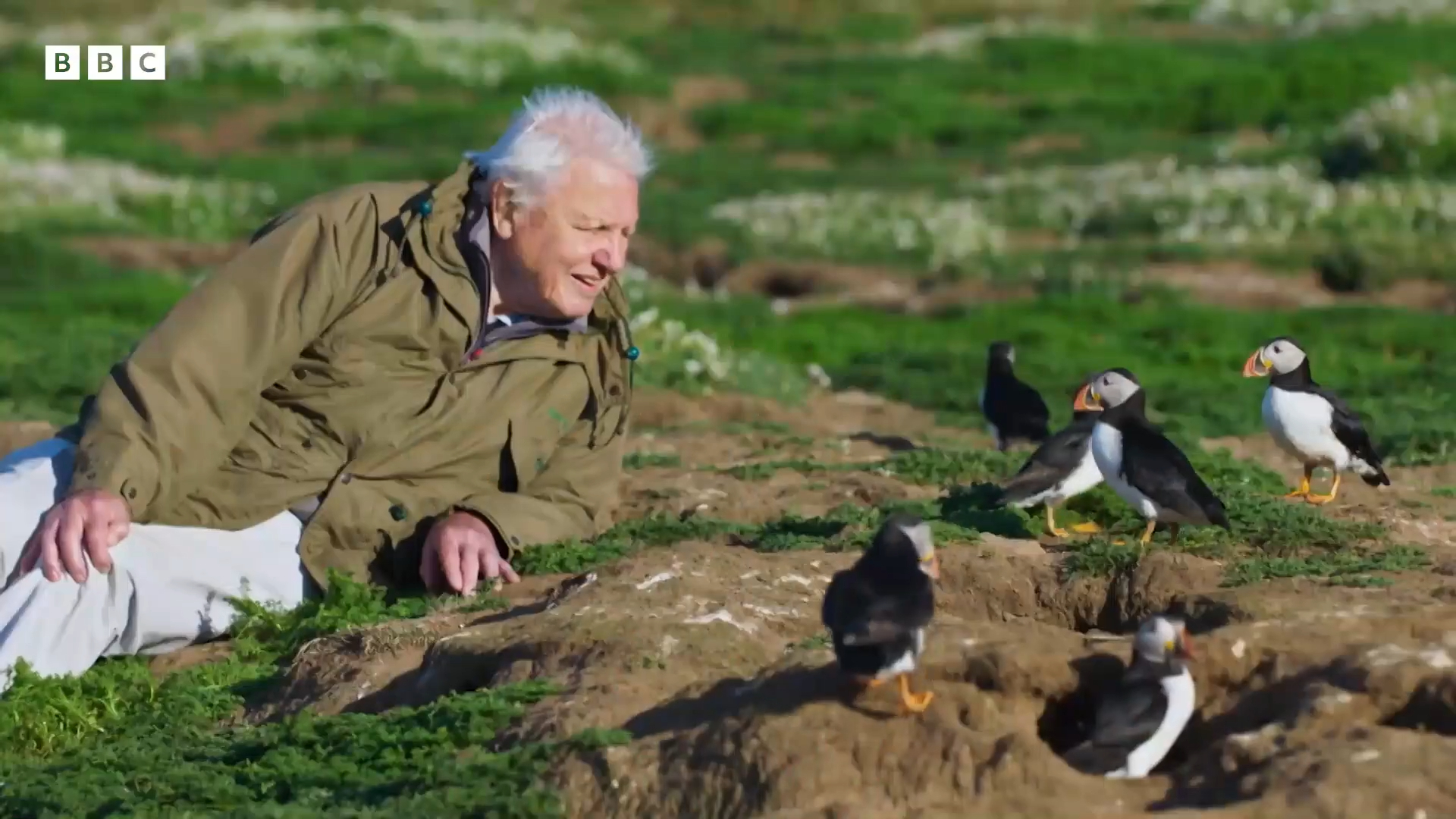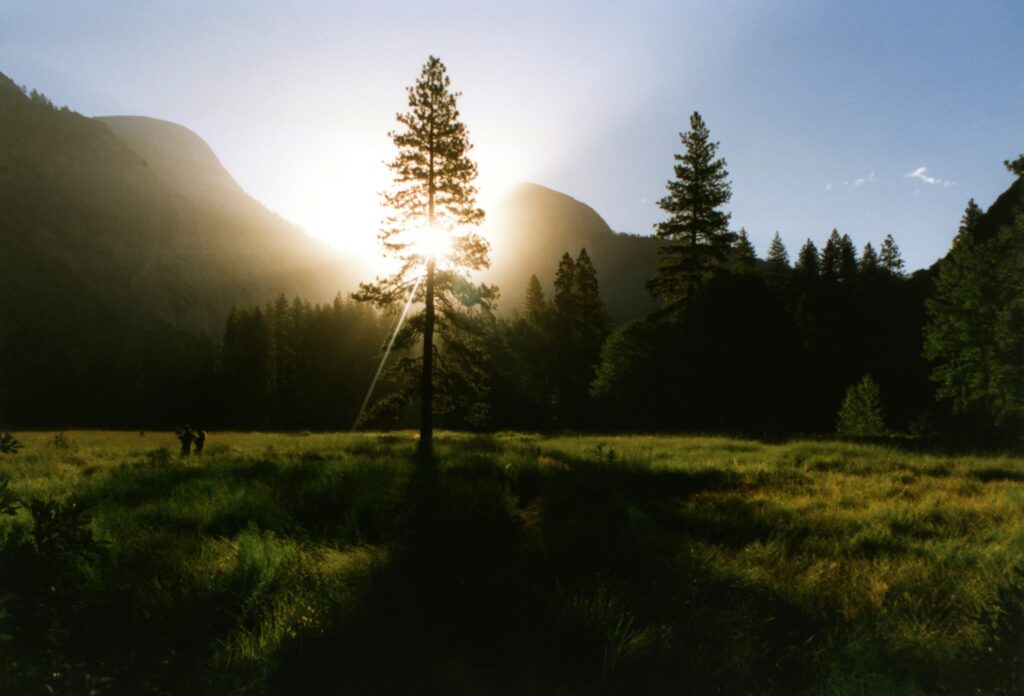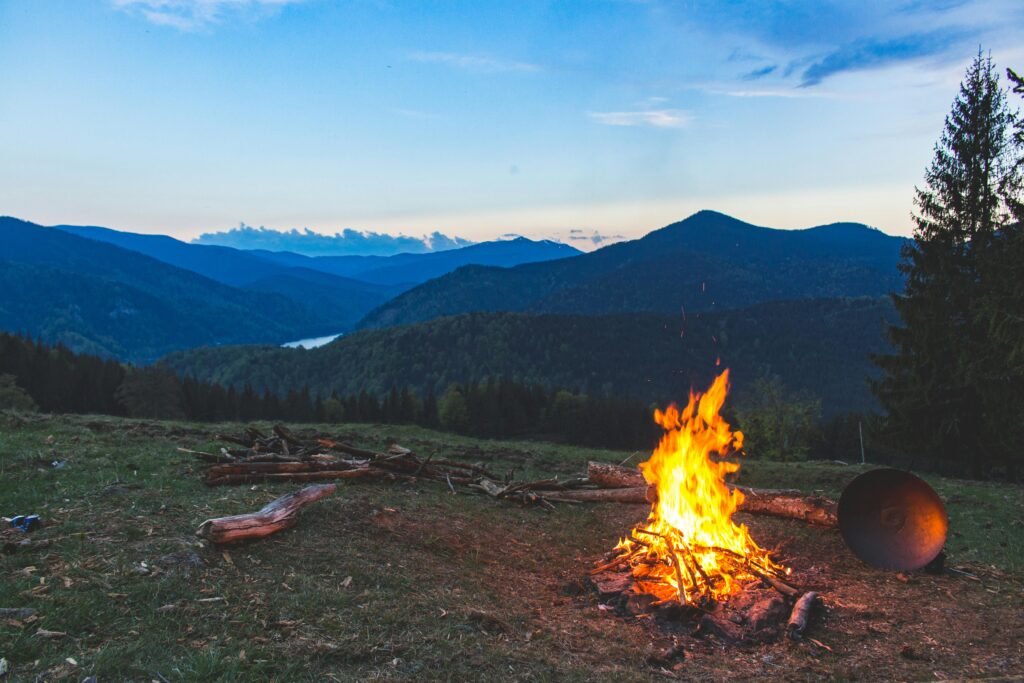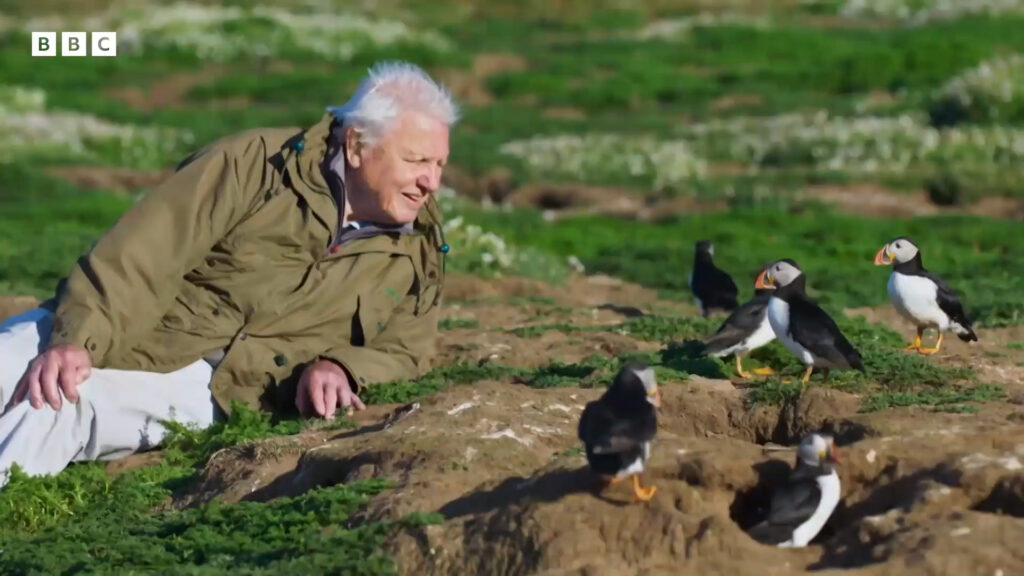

As everyone's favourite wildlife documentarian, David Attenborough, once said, "the natural world is.. the greatest source of so much in life that makes life worth living". From vast deserts to exotic beaches, filmmakers are blessed with a boundless canvas of natural wonder that spans the course of the globe. Wildlife films and documentaries like Planet Earth and Blue Planet help to educate the public about the intricacies of ecosystems, behaviours of animals, and the importance of nature conservation. Filming wildlife allows viewers to witness the extraordinary diversity of life on Earth, often from perspectives and locations that are inaccessible to most people.
So if you want to get into the world of wildlife filming, it's important that you look after the landscapes that serve your mission. Filming in natural environments comes with a responsibility to respect and protect the world around us, and we're going to guide you through how to do just that.
Contents:
Areas with rich wildlife tend to be of managed by a national trust or conservation reserve, whom are in charge of protecting the land and its wildlife. When putting in your request to film, it's important that you highlight all of the key information about your project; be transparent about the size of your crew and where/what you intend to film. This will allow the trust to cater their advice and guidance to your specific production.

You'll require separate permits for filming with drones and any other unusual machinery or weaponry. These additional precautions ensure that filmmakers don't disturb or threaten wildlife during production, as well as avoiding damage to the natural landscape.
If you're running a large production, it's likely that the reserve or trust that you're filming in will want to be more involved with the project, and may charge additional fees for overseeing your filming. In any case, you'll need some form of contract with the land owners or trust.
We've listed some useful contacts and links below:
SuperScout is your own private location library – upload locations in minutes, tag them with ai in seconds, then search and share with your team

When filming wildlife and natural habitats, it's crucial to be conscious of the environmental impact of your production. The seven Leave No Trace principles set a good foundation for anyone interacting with the great outdoors. For more detailed advice on how to follow these guidelines, visit the Leave No Trace website.
As a filmmaker, you're likely well-versed in planning ahead. Just like with any other aspect of your project, when it comes to filming in nature, you need to be forward-thinking and prepare for situations before they happen. Make sure that you do your research and understand the local guidelines and regulations that could affect your shoot, and take advice from experts and land managers to ensure that you're well-prepared.
When navigating yourself around, stick to established trails and campsites - this will not only ensure your safety, but protects the wildlife and foliage around you from becoming damaged. Keep your campsites small and focus activity in areas where vegetation is absent, such as rock, gravel, dry grasses, or snow.
If you're filming wildlife in a remote area, you'll likely find that you have limited access to bins and waste removal. This means that you have to prepare for taking your litter and waste back with you. If you need to deposit human waste in the ground, dig a cathole 6-8 inches deep at least 200 feet from water, camp, and trails, and ensure that you cover and disguise the site with natural materials.
It can be tempting to interact with nature's playground, building dens or taking home mementos of your adventure, but if you want to preserve these rich and delicate landscapes, you should leave things as close to how you found them. Don't carve or damage trees, don't pick flowers, and try to leave things as they were when you arrived. It's usually okay to forage for edible plants, but you should follow local guidance and ensure that you're not disturbing their rate of reproduction.
Always check if fires are permitted at the site, and use established fire rings, pans, or mound fires. Only build small fires, with sticks that can be broken with your hand, and burn all wood and coal to ash, which you should scatter once cooled.

Don't engage with local wildlife and respect that you're in their home - enjoy observing them from a distance, in their natural state. Never feed wildlife, no matter how hungry they look, and avoid filming during critical periods such as mating, nesting, or migration.
You may have specifically sought out a filming location that's far away from civilisation, but this doesn't mean you're not sharing the land with everyone else. Whether you directly encounter others or not, be respectful of your fellow visitors by keeping noise to a minimum and preserving the beauty around you. Keep animals on leads and, unless you've been granted exclusive access for your project, allow others to pass through and enjoy their own activities.
Nature is unpredictable, and filming in the outdoors can present a number of safety challenges that you may not be used to thinking about.
Make yourself aware of the local wildlife in the area that you'll be filming, and develop safety protocols in case of any encounters. Consider protecting yourself against parasites, ticks and insects, as well as larger animals.
For example, in some areas, it's recommended that you wear long trousers tucked into your socks to avoid ticks and other insect bites. It's also important to make sure that your crew is vaccinated against any local mosquito-borne diseases such as malaria and dengue fever.
Don't lure or provoke wildlife for the sake of footage - maintain a safe distance and make as little disturbance as possible.
Nature operates on its schedule, and at times, it may not align with your filming plans. Sudden changes in weather or unexpected obstacles can easily disrupt your shoot, so it's important that you equip yourself against potential challenges.
When you're filming wildlife in its natural habitat, you're going to have less protection from the elements. This can pose a number of challenges, especially if you're filming in an unfamiliar climate. Prepare for potential weather conditions such as rain, wind, or extreme temperatures by having contingency plans in place. Make sure you have enough water if you're filming in a hot climate, for example, and enough layers if you're filming in the cold.
Embracing unexpected weather events can lead to spontaneous and captivating footage, capturing the raw beauty and power of nature in its most authentic form, but this should never come at the expense of the safety of your crew.
Bring maps, a compass, or a GPS device to avoid getting lost, and encourage your crew to stay in pairs or groups so that nobody is left wondering off alone.
As we've discussed, protecting the natural eco-systems around you is paramount when it comes to wildlife filming. This extends from large trees and animals all the way down to small flowers and bugs. Many reserves and trusts have issues with photographers and filmmakers trampling flowers to get a good shot. Now matter how picturesque you think your shot will be, it's not worth destroying local wildlife over, and you should always stick to paths and trails.
Do thorough research and work with wildlife experts to understand the local wildlife, and their habitats and behaviours. Avoid any actions that could harm or stress animals, and follow guidelines and regulations that protect their welfare.

Filming wildlife provides an opportunity to raise awareness about conservation and the importance of preserving these habitats. By showcasing the beauty and diversity of wildlife and their ecosystems, filmmakers can inspire audiences to appreciate and protect the natural world. This advocacy role adds a layer of responsibility to the filmmaking process, requiring a delicate balance between capturing compelling footage and ensuring the well-being of the environment and its inhabitants.
Remote natural environments often lack the infrastructure necessary to support large-scale film productions. Be prepared for technical challenges such as limited power supply, lack of communication facilities, or inaccessible locations. Plan accordingly and bring the necessary equipment and resources to mitigate these hurdles.
When filming in remote locations, the rugged terrain, lack of amenities, and distance from urban centres can test the resilience and adaptability of film production teams. Overcoming these obstacles often involves creative problem-solving and a collaborative spirit among the crew members to ensure a successful shoot.
If you're filming in a remote location for an extended period of time, then you're probably going to require the use of portable welfare units, or honey wagon trailers. These are self-contained facilities designed to provide essential amenities such as toilets, kitchenettes, first aid facilities and power sources. If you want to learn more about sourcing portable welfare units for your film production, we've got you covered.
Consider the environmental impact of your trailers, and make sure that you pitch them in a location that causes minimal damage to natural habitats.
When it comes to wildlife filming, it's crucial that you use the right equipment. Cameras need to be durable and weather-resistant to withstand the harsh conditions often encountered in the wild. Long telephoto lenses are essential for capturing detailed shots of animals from a distance, allowing you to minimise disturbance. Drones offer stunning aerial views but must be used responsibly to avoid disturbing wildlife.
Wildlife filming offers a unique opportunity to capture the beauty and intricacies of the natural world, and allows filmmakers to bring awareness and appreciation to audiences worldwide. However, it is crucial to approach wildlife filming with respect and responsibility.
Balancing creative ambition with environmental stewardship ensures that these natural wonders can be enjoyed by future generations, both on screen and in reality. As we continue to explore and document the richness of our planet, let us do so with a commitment to preserving its integrity and vitality.
